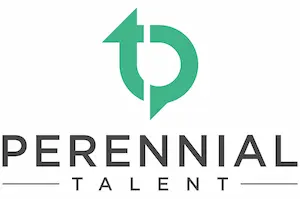All Aboard! Using Competencies to Optimize Onboarding
Are you looking for tips and tools to optimize your onboarding program? Onboarding generally involves getting new hires up to speed in terms of the requirements of their new role and the culture of the organization.
Successful onboarding initiatives can lead to several benefits, including:
- Higher individual performance
- Higher commitment to the organization
- Higher levels of job satisfaction
- Higher intentions to remain with the organization
- Lower levels of turnover
There are many types of onboarding strategies that can be used, both formal and informal. In general, the two critical features that onboarding should focus on are the tasks and the people.
The Tasks
When people start a new job, they need a clear understanding of the tasks and responsibilities required for successful performance. They also need to feel confident that they can actually perform these tasks or learn how to perform them relatively quickly.
A great way to get employees up to speed on what success looks like for their new role is to describe all jobs in an observable and measurable way, using competencies for example. Here are some tips for implementation:
- On day one, provide new employees with the tools or documents (e.g., competency profiles, job descriptions) that clearly describe their new job. Have a discussion with the employee to clarify any questions or concerns.
- Have new hires assess themselves against the requirements for their new role in order to identify strengths and gaps. This can be more formal (e.g., complete an online assessment) or more informal (e.g., conversation with a manager).
- Ideally, your competencies should be linked to learning opportunities so that employees and their managers have a clear strategy for closing any gaps. For example, if I discover that my project management skills are not where they should be, I should know what learning opportunities are available for me to upskill in this important area.
- Provide new hires with feedback on how they are performing and recommendations for learning and development activities.
The People
Defining the tasks and job requirements is essential but is not enough for successful onboarding. People also need social support and to feel like they fit in with the new organization. Here are some tips for fostering feelings of fit:
- Pair newcomers up with a mentor or go-to-person to answer any potential questions a new hire might have. This can be achieved through a formal mentorship program or more informally by asking an experienced colleague to play this role for a new hire.
- Schedule social events to give people a chance to meet more people in the organization.
- Schedule one-on-one meetings with the new hire and key stakeholders in the organization.
- Provide new hires with a welcome basket to help make them feel like they are part of the team. Consider including any branded materials (e.g., pens, t-shirts, coffee mugs) the organization has.
By focusing on the tasks and the people, you will help set your new hires up for success and allow them to hit the ground running!
References:
Bauer, T. N., Bodner, T., Erdogan, B., Truxillo, D. M., & Tucker, J. S. (2007). Newcomer adjustment during organizational socialization: A meta-analytic review of antecedents, outcomes, and methods. Journal of Applied Psychology, 92(3), 707-721.


